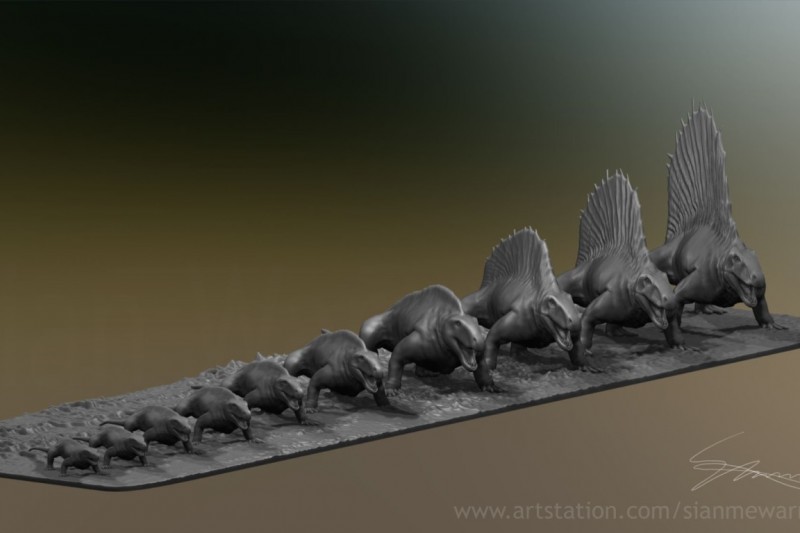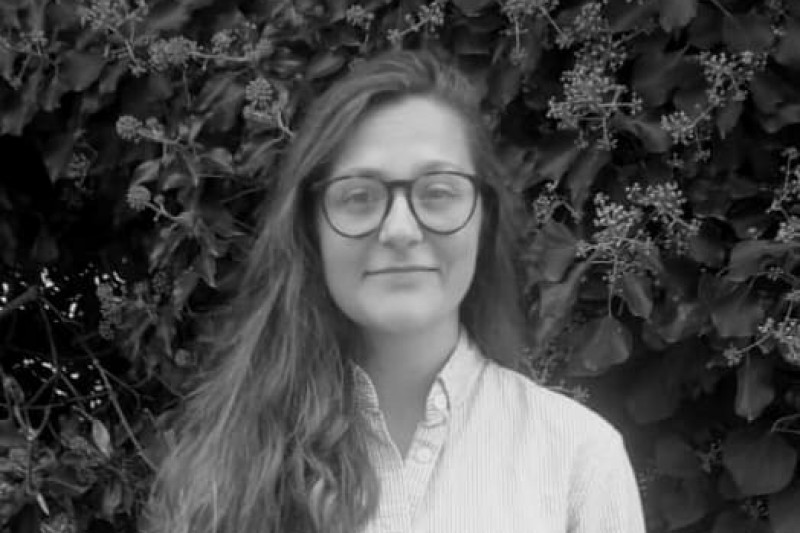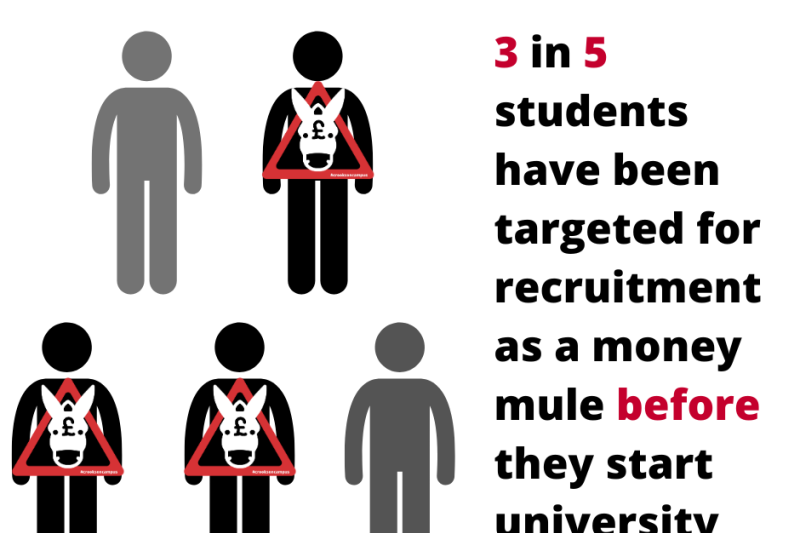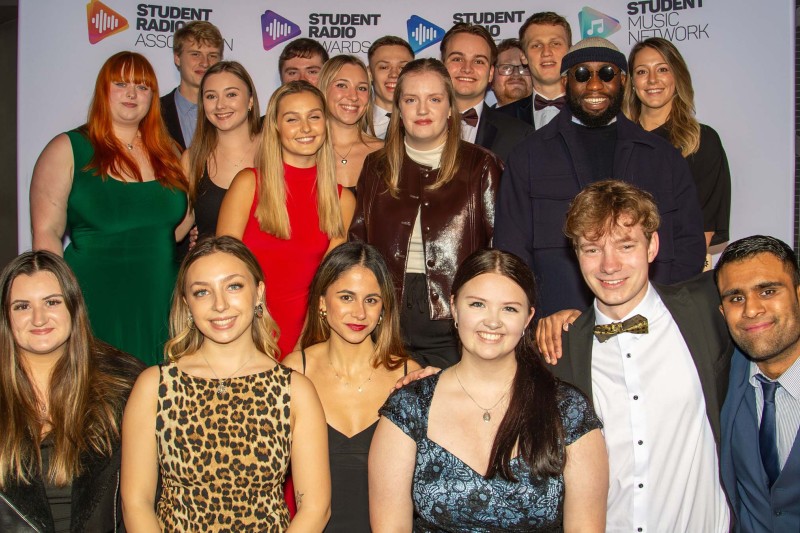A BU animation student has created a 3D visualisation tool which has accurately plotted a missing reptilian mammal species.

As part of her undergraduate coursework, Computer Animation Arts student Sian Warren created a hypothesis generator for the plausible evolutionary outcomes of intermediate species which can now be utilised by artists, scientists and students to potentially fill the gaps in unlocking the possibilities of viable undiscovered species diversity.

“I have a fine art background and see myself very much as an artist but you just get to a point in life where you want to try a new challenge and I’d always loved dinosaurs, so that was my inspiration on this project.” says Sian.
In forming a matrix that can be utilised to predict further ideas about things including colour, texture and feathers, Sian has produced something of value to the scientific community of palaeontology. Sian is now working with a scientist to advance current scientific knowledge of vertebrate palaeontology.
Sian also believes that her visually dynamic model of phylogeny has the potential to be showcased within AR and VR interactive museum exhibits, within schools for presentational demonstrations and alongside conventions or conferences. It could also have benefits for the animation industry, allowing creature artists to speed up production and conceptualise new ideas in 3D sculpting.
Sian has been approached by Stuart Sumida, a Biology Professor at California State University who has advised major studios on anatomy for animated characters.
"Stuart has approached me with a request to showcase my work at the Society of Vertebrate Palaeontology SVP Conference in Australia which is amazing!” said Sian.
This opportunity shows the value of the collaboration between the disciplines of art, animation and science, something both Stuart and Sian are keen to continue exploiting to maximise the educational benefits of this innovation.
Find out more about Computer Animation, Games and Visual Effects courses at Bournemouth University.



